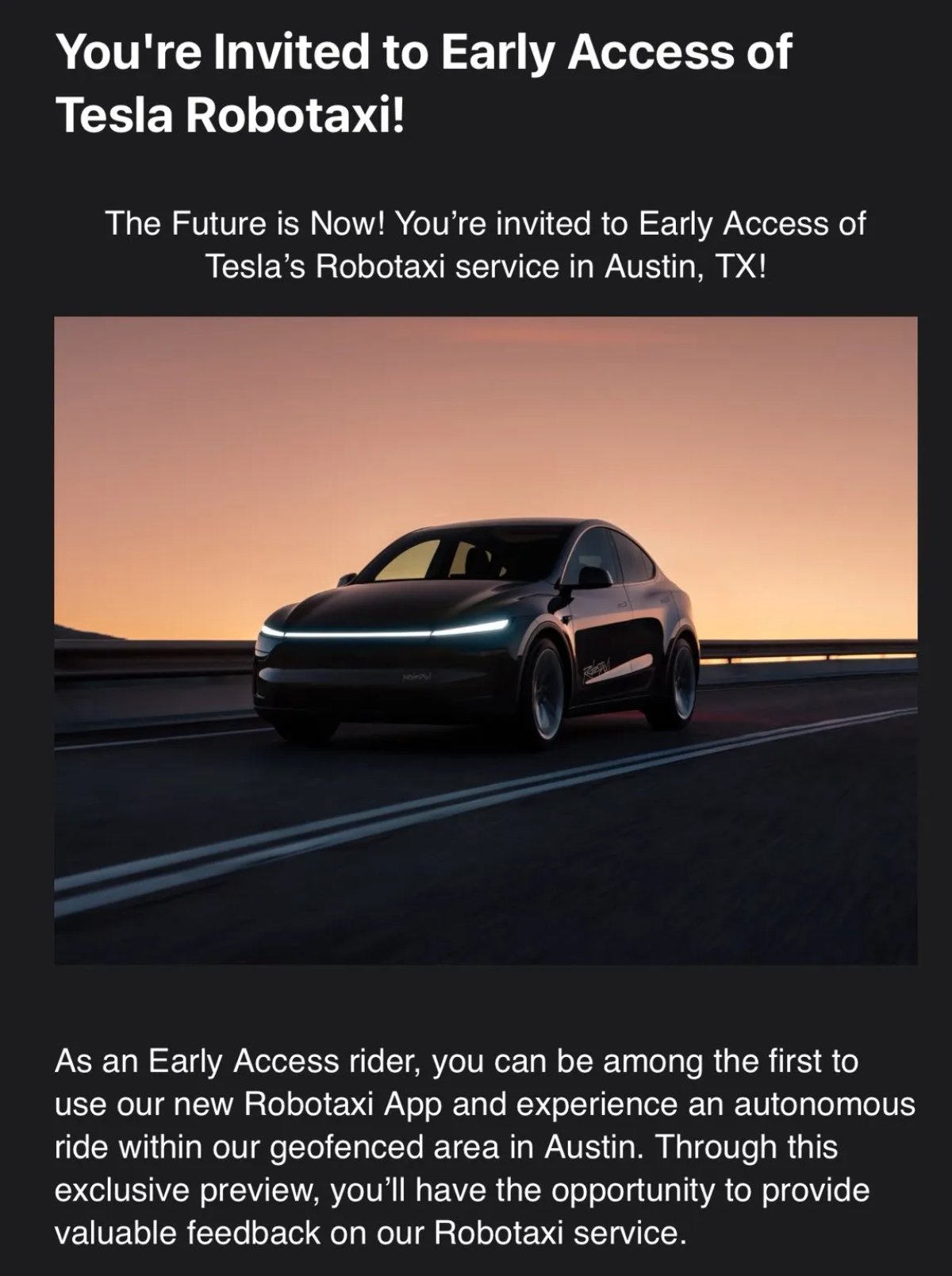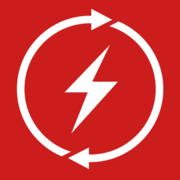Correct, and it's 18 hours - not 6.
Also this:
Literally and factually inaccurate, the driver's seat is occupied. Doesn't imply driving.
I'm unsure what you are stating here. From what I read in the article, they clarified and said that there won't be anyone in the driver's seat, but there will be a safety monitor in the passenger seat.
Here is the direct quote from the posted article:
Elon Musk previously stated that there would be “no occupant in the driver seat,” and while that’s technically accurate, it’s not exactly what we expected. These Robotaxi rides will have a Tesla employee seated in the front passenger seat. This “safety monitor” will oversee the ride, but not intervene unless necessary.
The part that got me most interested and somewhat concerned is this quote here:
Airport rides are not allowed, presumably due to more complicated scenarios. Tesla also states that the Robotaxi service can be paused at any point due to inclement weather; however, the forecast for Austin over the next week is clear and sunny, so this is unlikely to be an issue.
Does this imply that this new FSD version is still not confident or refined enough to handle airport traffic? Which I imagine is one of the more useful cases where people would like to use a service like this. But the more prominent part is the inclement weather, like how bad exactly does the weather have to be in order for rides to be canceled or paused? This does not instill confidence in the safety of this service. Does this also mean that if the car is in the middle of a taking a fare that it will just pull over and let the passenger out? How exactly will it react in this case where a passenger is present in the vehicle when this happens?
And yet another quote from the article, but this time about its inaccuracy, or lack of clarification:
While in the case of a Model Y, it’s possible for the safety monitor to take over the vehicle.
We already know from Waymo and other autonomous vehicles, that remote controlling the cars is not realistically feasible as the latency is too high to do in real time. What is likely to happen is that these teleoperators, will have the ability to send commands to the vehicle, for example, if the car thinks there is something in its path, but in reality there isn't. A teleoperator will be able to send a command akin to “hey, your path is clear, you are okay to proceed”. Likewise, there is also the ability for the remote operator to send an employee out to the vehicle to assist or manually drive the car if that is needed, like what we have seen with Waymo in the past.
From this article at least, it seems that Tesla themselves is not only being extra cautious, but isn't fully confident in FSD's capabilities yet. Especially when it comes to inclement weather, or difficult traffic scenarios. This may lead to user hesitation, and overall could even lead to agencies like the NHTSA asking even more from Tesla before it can fully start expanding its service to more cities.

 www.notateslaapp.com
www.notateslaapp.com

